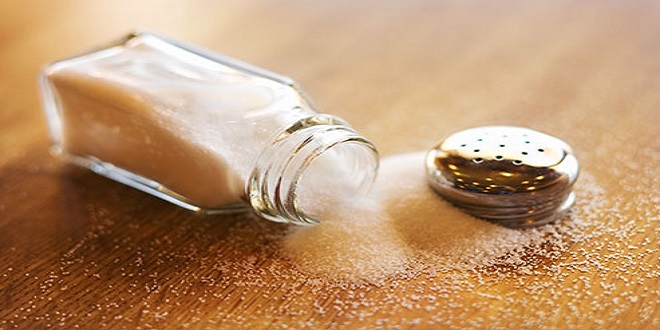
Reasons to Cut Salt Out of Your Diet
We may have been told by our doctors and nurses to reduce our intake of salt in our diet but we never knew why. Unbeknown to us, there are many benefits of a low salt or salt free diet plan. The scientific name for table salt is sodium chloride, anyone who’s studied 6th grade science would know that! We need an equilibrium of sodium and water in our body to keep it healthy. Too much of either will tilt the balance and cause undesired effects.
An excess of sodium in our system causes the water retention. This leaves you feeling swollen and bloated. By using low sodium recipes we can shed water weight and get more toned muscles. The water retention also puts an extra strain on the heart and blood vessels which may lead raised blood pressure.
A diet with less sodium intake could lower or avoid high blood pressure. High blood pressure has many adverse effects such as heart disease, strokes, and premature death. High salt intake has also been related to stomach, kidney disease, and other intestinal disorders. Diets high in salt have also been linked to diabetes and cataracts. To reduce these risks we should lower the amount of salt we consume on a daily basis.
Slashing our salt intake will also revitalize our taste buds as salt blunts them. We’ll be able to experience a wider range of flavours, and foods such as fresh fruits and vegetables will taste even more delicious. Less sodium intake may also result in less facial bloating, such as chubby cheeks and double chins.
The average American consumes 3,400 mg of sodium on a daily basis while the ideal amount is 1,500 mg. Cutting down our salt intake by such an extent seems like a huge undertaking but in reality it’s not that hard. We can begin at home by not adding that much table salt and incorporating salt free diet into our routine. We can use alternatives such as herbs and spices to add flavour to our dish.
When buying processed or pre-packaged foods, we should also pay attention to their labels as they tell us how much sodium is in food products. For instance, foods with less than 140 gm per serving are thought of as low in sodium. In fact, we should try to cut out processed and prepackaged foods almost entirely as this alone will greatly reduce our salt intake and boost our overall health. We should look for low sodium alternatives instead. The easiest way to a salt free diet is to abstain from chips, crackers, cookies, and other snack foods that often contain large amounts of sodium and are usually eaten in large amounts. In its place, we should try buying healthy options such as fresh fruits and vegetables, and unsalted nuts.
Lastly, we should read food labels and buy the lowest level of salt you can find for these items: Breads and rolls, cold cuts and cured meats, pizza, poultry, soup, and sandwiches .There are also some other foods that can be sources of “hidden” sodium, such as: cheeses and buttermilk, salted snacks, nuts and seeds, frozen dinners and snack foods, condiments (ketchup, mustard, mayonnaise), pickles and olives, seasoned salts, such as onion, garlic and celery salts, and lastly, sauces, such as barbeque, soy, steak, and Worcestershire.

